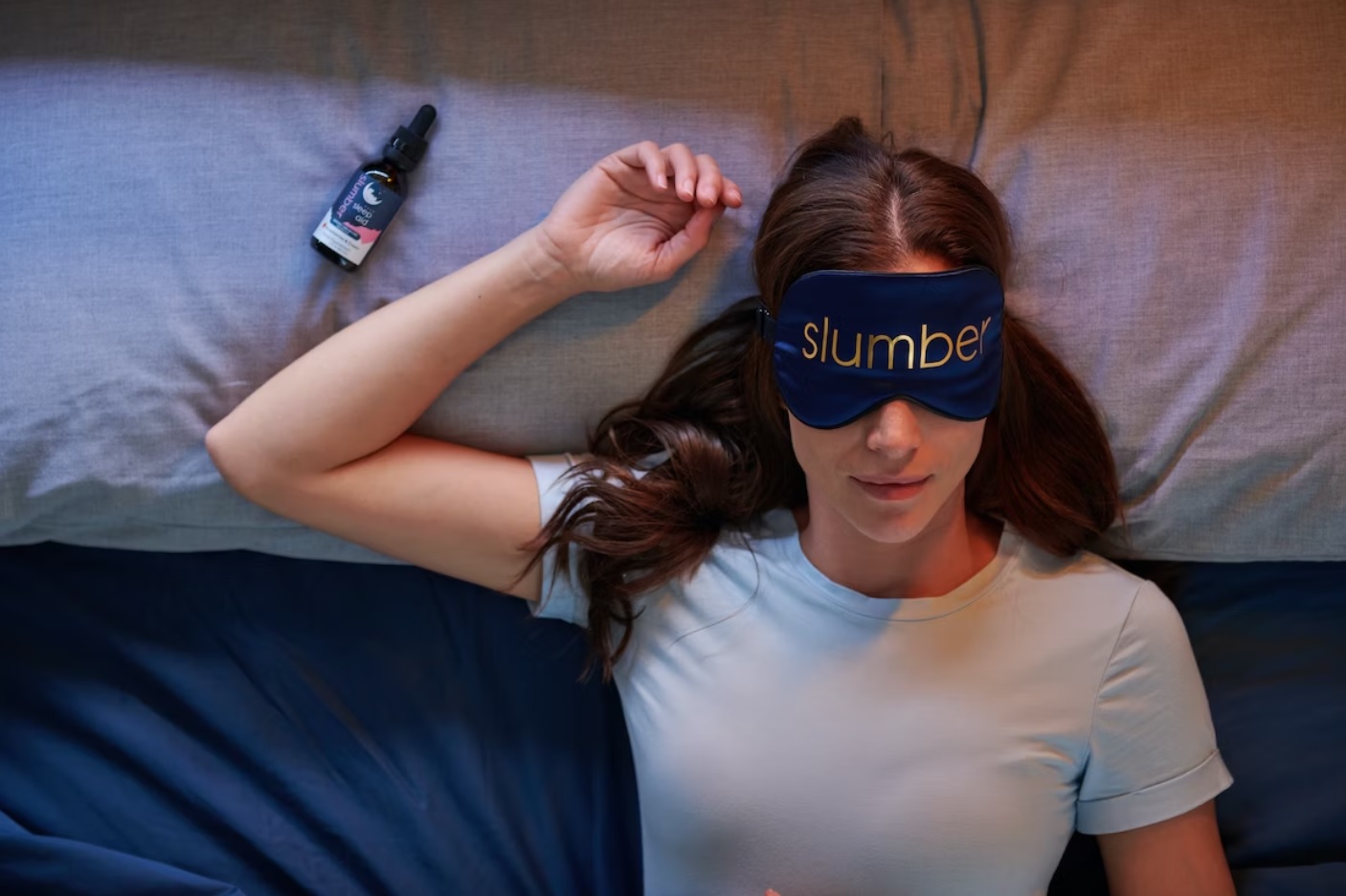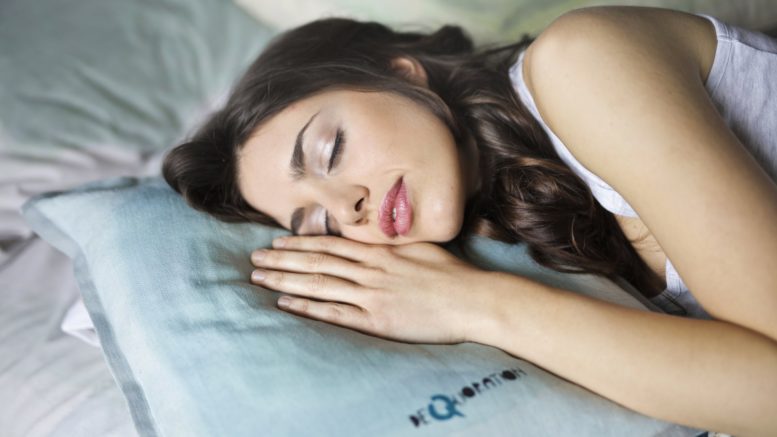Sleep is essential for our health and well-being. It helps us stay energized, focused, and able to maintain a healthy lifestyle. Unfortunately, sleeping disorders like insomnia are relatively common – with around 10% of adults affected in the US alone! A wearable sleep aid could be an ideal solution to combating these problems so that you can get all the restful sleep you need. But what exactly is a wearable sleep aid? What makes them work and how do they help us get better rest? In this blog post we’ll dive into the science behind wearable sleep aids to help you understand how they work. Join us as we explore how these devices can provide natural solutions for improving your quality of life through better sleep habits.
Overview of the Science Behind Sleep Aids
Sleep is crucial to our overall health and well-being, but unfortunately, many of us struggle with getting enough quality sleep. This is where sleep aids come in – products or medications that are designed to help us fall asleep faster, stay asleep longer, and wake up feeling refreshed. But what is the science behind these sleep aids? There are a variety of active ingredients used in sleep aids, including antihistamines, melatonin, and valerian root. These compounds work by altering the levels of certain chemicals in the brain that regulate sleep, such as serotonin and GABA. However, while sleep aids can be effective in the short term, they are not a long-term solution for sleep problems. It’s important to talk to your doctor before using any sleep aid and to address underlying sleep issues such as sleep apnea or insomnia through lifestyle changes and other treatments.
However, in recent years, wearable sleep aids have gained popularity as an alternative to traditional sleep aids. These devices leverage various technologies to improve sleep quality without the use of medications. Wearable sleep aids often incorporate elements such as sleep tracking, light therapy, sound therapy, haptic feedback, or biofeedback mechanisms to address different aspects of sleep.
Types of Wearable Sleep Aids
There are a variety of wearable sleep aids available to help us catch those crucial Zzz’s. From smart sleep masks that create a personalized sleep environment to sleeping earbuds that utilize music and sound therapy, these devices are designed to help you relax, fall asleep faster, and stay asleep longer. In addition to the mentioned wearable sleep aids, there are other innovative options available. One such example is the smart vibrating alarm rings. These rings are worn on the finger and use gentle vibrations to wake the wearer up at the desired time without disturbing their sleep partner. The vibrations gradually increase in intensity, gently rousing the individual from their sleep cycle, making it a more pleasant and natural waking experience.
Another interesting wearable sleep aid is the smart fabric technology. This involves incorporating advanced textiles into sleepwear or bedding. These fabrics are designed to regulate body temperature, wick away moisture, and provide a comfortable sleep environment. They can adapt to the wearer’s needs, keeping them cool or warm, depending on their body temperature, to promote better sleep quality throughout the night.

Exploring the Different Wearable Technologies Used in Sleep Aids
As technology advances, the world is beginning to embrace the benefits that wearable technologies bring to the realm of health. One of the most exciting areas in which wearable technologies are being utilized is sleep aids. From smartwatches equipped with sleep-tracking features to wearable headbands that emit relaxing sounds when we’re drifting off – the possibilities are endless when exploring wearable technologies for better sleep.
Furthermore, there are wearable devices that use haptic feedback to improve sleep quality. These devices can be worn on the wrist or placed under the pillow and use gentle vibrations or pulses to provide subtle cues during sleep. They can be programmed to remind the wearer to adjust their sleeping position or help alleviate snoring, providing a non-intrusive way to enhance sleep without the need for external noise or light stimuli.
Additionally, some wearable technologies for sleep aids integrate biofeedback mechanisms. These devices can monitor physiological signals such as heart rate variability, breathing patterns, or body temperature to assess the wearer’s sleep quality and provide real-time feedback. By analyzing this data, users can gain insights into their sleep patterns and make adjustments to their lifestyle or sleep environment to optimize their sleep experience.
Quality Characteristics to Look for When Shopping for Wearable Sleep Aids
There are a few quality characteristics you should keep in mind before making a purchase. Firstly, consider the comfort factor. You want something that is not only effective but also feels good to wear throughout the night. Another important factor is the technology used. Look for sleep aids that use advanced sensors to track your sleep patterns, so you can gain insight into your overall sleep quality. Lastly, don’t forget about durability. Ideally, you want a device that can withstand daily wear and tear without needing frequent repairs or replacements. With these factors in mind, you can find a wearable sleep aid that checks all the boxes for quality and comfort.
Strategies for Maximizing the Benefits of Using a Wearable Sleep Aid
With wearable sleep aids it has become easier to monitor our sleep patterns and make adjustments to improve the quality of our sleep. But how do we maximize the benefits of these devices? Firstly, it is important to understand how they work and how to interpret the data they provide. It’s also important to create a consistent sleep routine and make lifestyle changes, such as reducing caffeine and alcohol intake before bed. Also, connecting with a healthcare professional can provide personalized advice and recommendations. By implementing these strategies, wearable sleep aids can truly enhance our sleep quality and help us feel more rested and energized throughout the day.
Conclusion
In conclusion, wearables sleep aids provide numerous benefits for individuals seeking deeper and better quality sleep. We explored the science behind these products, as well as how they work, the different types of technologies used in them, and the quality characteristics to look out for when shopping. In addition, strategies for maximizing the benefits of using a wearable sleep aid are available to ensure users get the most out of their devices. New advancements in wearable technology have given rise to an array of innovative options that can help users achieve enhanced well-being by improving their sleeping patterns and routines. Consumers need to understand what works best for them and remember that health should always be a top priority goal in life. So if you’re ready to equip yourself with a sleep aid device to enhance your own well-being, take stock of our suggestions and adopt your favorites into your routine!
